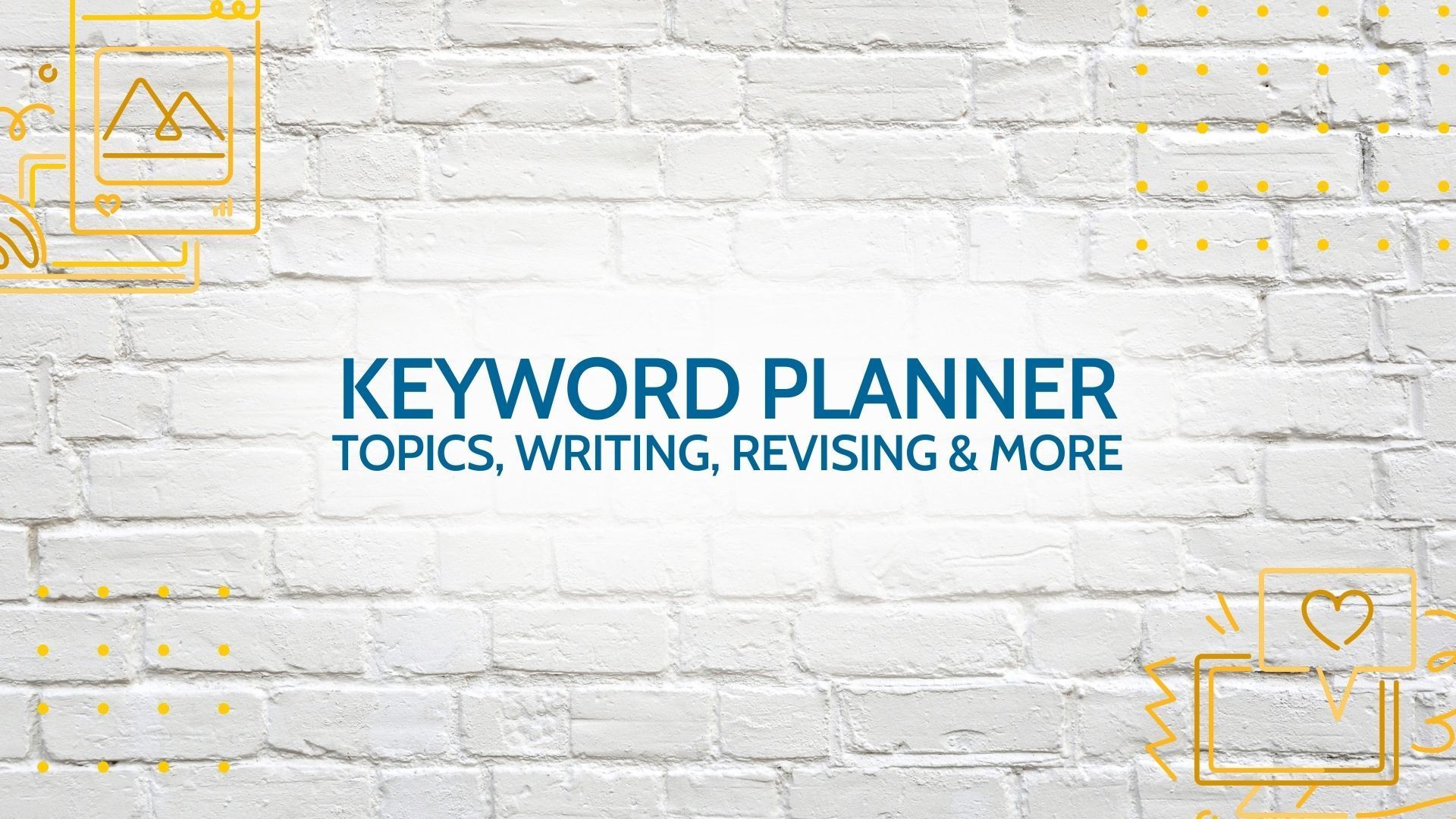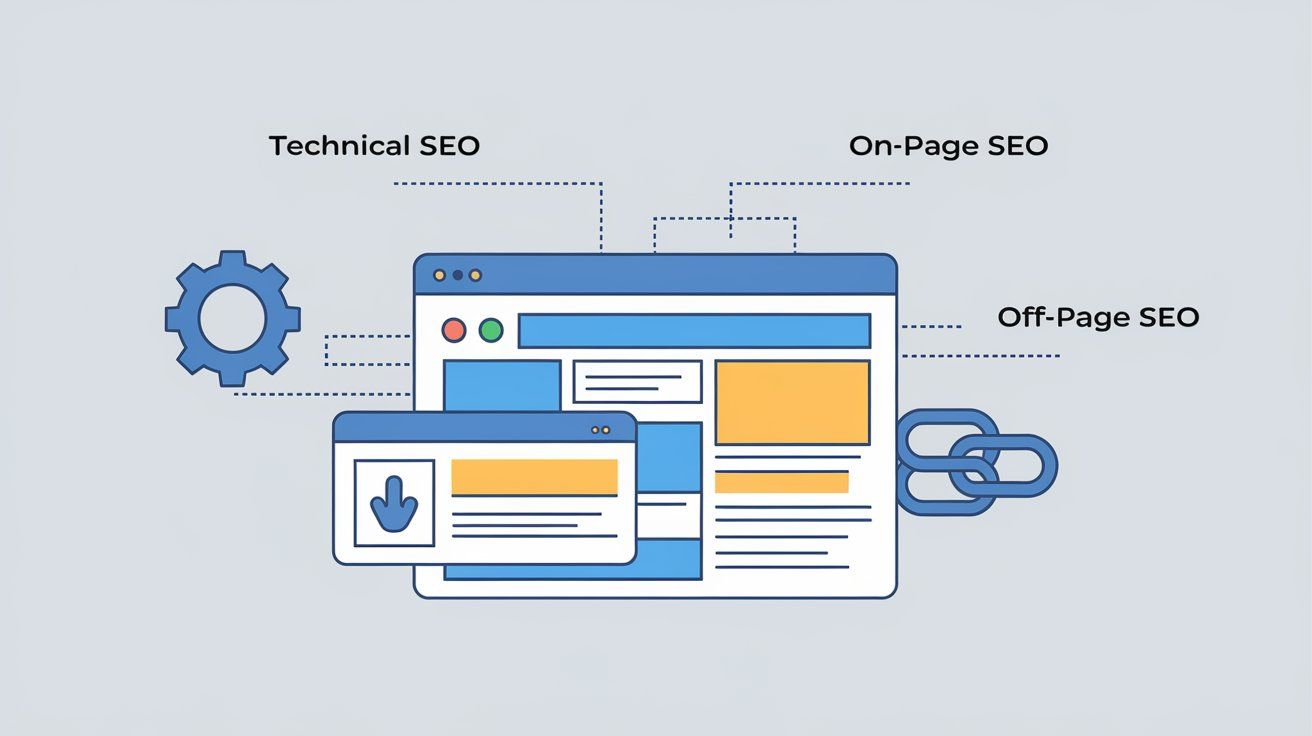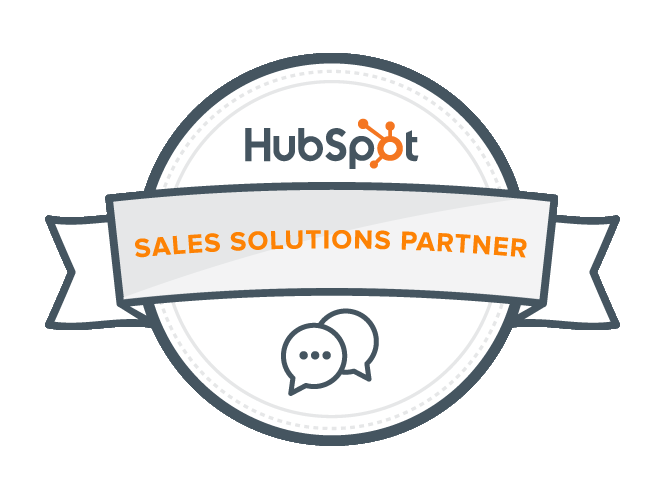727.222.6984
5006 Trouble Creek Rd, New Port Richey, FL, 34652, United States
The Key Variables to a Successful Facebook Ad: What Makes or Breaks Your Campaign
Key Variables to a Successful Facebook Ad
Running a Facebook ad campaign can be a powerful way to grow your business, but it’s not as simple as boosting a post and waiting for leads to roll in. Many factors determine whether a Facebook ad will perform well or fall short. From the objective you choose to the external factors that influence your audience, each element plays a crucial role in driving success. Let’s break down the key variables that can make or break your Facebook ad campaign.

1. Defining the Right Objective
The first and most critical step when creating a Facebook ad is choosing the correct objective. Facebook offers a variety of objectives—such as brand awareness, traffic, engagement, lead generation, or conversions—and selecting the wrong one can mean wasted ad spend. For example, if your goal is to generate leads, but you choose an objective focused on page likes, you may attract an audience that interacts with your page but doesn’t convert.
Make sure your objective aligns with your end goals. Are you aiming to get more website visitors? Focus on traffic. Want more email sign-ups? Lead generation is your best bet. Your objective sets the tone for everything else in your campaign.

2. Targeting the Right Audience
Even the best-designed ad won’t perform well if it’s shown to the wrong audience. Facebook’s advanced targeting tools allow you to zero in on specific demographics, interests, behaviors, and more. However, overly broad targeting can dilute your results, while too narrow targeting can limit your ad’s reach.
The key is to strike the right balance by understanding your buyer personas. Who is your ideal customer? What interests, age ranges, and locations are relevant to them? Facebook's Lookalike Audiences, for instance, help expand your reach by finding users similar to your current customers. The more refined your targeting, the more relevant your ad will be to the audience seeing it.

3. Engaging Visuals: Images and Videos
Facebook is a visually driven platform, so the quality and relevance of your visuals are paramount. Whether you're using images, carousel ads, or video, your visuals need to grab attention within seconds. Here are a few things to consider:
- High-Quality Imagery: Pixelated or stocky images can undermine your ad. Invest in quality visuals that reflect your brand and message.
- Video Content: Videos tend to outperform static images, especially if they are short, engaging, and deliver a clear message. Keep in mind that many users watch videos without sound, so adding subtitles can boost engagement.
- Consistency: Ensure your visuals align with your overall branding. This builds trust and recognition.
4. Crafting Effective Ad Copy
Your ad copy must be compelling, concise, and aligned with the visual content. In Facebook ads, you don’t have much space to convey your message, so every word counts. Here’s what to focus on:
- Clarity: Clearly state what the user will gain by clicking the ad. Avoid jargon and keep the language simple and direct.
- Emotional Appeal: Tapping into emotions can drive action. Whether it's urgency, curiosity, or joy, emotional triggers can significantly improve engagement.
- Benefit-Driven Copy: Highlight how your product or service solves a problem or improves the user's life. Show, don’t tell.
5. A Clear and Compelling Call-to-Action (CTA)
Your CTA is what ultimately drives users to take action. Whether it's "Learn More," "Sign Up," or "Shop Now," your CTA must be crystal clear and aligned with the ad’s objective. It should create urgency and entice users to take the next step. Be sure that the action you're asking users to take makes sense in the context of the ad and the audience's needs.
For example, if you’re targeting first-time visitors to your website, “Buy Now” might feel too aggressive. “Learn More” or “Get Started” could be more appropriate, allowing them to explore your offering before committing.
6. Does the Next Step Make Sense for Your Audience?
Your ad doesn’t exist in a vacuum. The user journey after clicking your ad should be seamless and logical. Ensure the landing page or next step delivers what the ad promised. If users are taken to a cluttered page or a site irrelevant to the ad they clicked, they’ll bounce, and your ad budget will be wasted.
7. External Factors: Marketplace, Pricing, and Brand Trust
Sometimes, even if your ad is perfectly crafted, external factors can influence its success:
- Marketplace Conditions: If the market is saturated, it may be harder to stand out. Keeping an eye on competitors’ campaigns can help you adjust your strategy.
- Pricing: If your pricing isn’t competitive, even the best ad won’t convert. Make sure your product or service is priced appropriately for your target audience.
- Brand Trust: Building brand trust is crucial for conversion. Ads are more likely to perform well if your audience already has a positive perception of your brand. Including testimonials, reviews, or trust signals in your ad or landing page can help build credibility.
Testing and Optimizing for Success
No ad is perfect from the start, which is why continuous testing and optimization are crucial. A/B testing different elements—like your visuals, copy, targeting, and CTA—can reveal what works best for your audience. By carefully monitoring key metrics like click-through rate (CTR), conversion rate, and cost per acquisition (CPA), you can tweak your campaign for better results.
Successful Facebook ads are a blend of strategy, creativity, and an understanding of external factors. By considering the variables outlined here, you can increase the chances that your next Facebook ad campaign will hit its target, engage your audience, and deliver real results for your business.
Take Your Marketing to the Next Level
If you’re ready to create content that gets noticed and ranks well, sign up for our Content Creation Course! Each week, we’ll send you a video and activities that will help you refine your marketing strategy and produce high-quality content. From blog topics to email campaigns, this course will give you the tools to take your marketing to the next level!
Content Course Emailed To You!
We will get back to you as soon as possible.
Please try again later.
The Marketing How-To Blog
